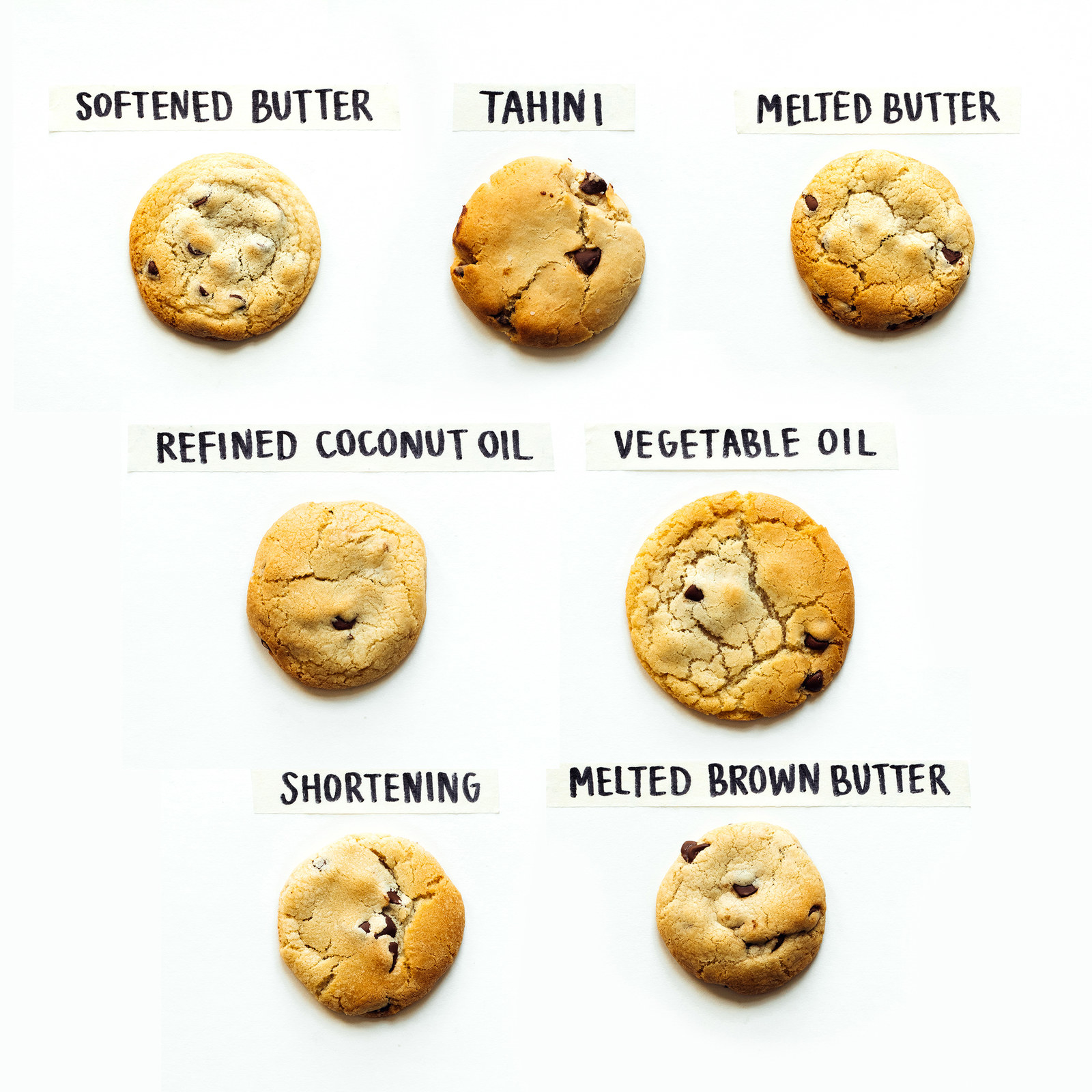Coconut Oil vs Shortening: Choosing the Right Fat for Your Recipes
When it comes to baking and cooking, the choice of fat can significantly impact the flavor, texture, and overall quality of your dishes. Two common fats used in recipes are coconut oil and shortening. Understanding the differences between these fats can help you make informed decisions when selecting ingredients for your culinary creations. In this guide, we'll compare coconut oil and shortening, exploring their characteristics, uses, and potential benefits.
Coconut Oil
Characteristics:
-
Natural: Coconut oil is derived from the meat of mature coconuts and is considered a natural product.
-
Solid at Room Temperature: Coconut oil is solid at temperatures below 76°F (24°C) and liquid at higher temperatures.
-
Distinct Flavor: Coconut oil has a mild coconut flavor and aroma, which can add a tropical touch to dishes.
-
Health Benefits: It contains medium-chain triglycerides (MCTs), which are believed to offer various health benefits, including potential improvements in heart health and metabolism.
Uses:
-
Baking: Coconut oil can be used as a substitute for butter or other fats in baking recipes, adding moisture and a hint of coconut flavor to baked goods.
-
Cooking: It is suitable for sautéing, frying, and roasting, providing a unique flavor profile to savory dishes.

coconut oil vs shortening
Benefits:
- Natural Option: Coconut oil is a popular choice for those seeking natural and minimally processed ingredients.
- Vegan-Friendly: It is suitable for vegan and plant-based diets.
Shortening
Characteristics:
-
Hydrogenated Vegetable Oil: Shortening is typically made from hydrogenated vegetable oil, which gives it a solid texture at room temperature.
-
Neutral Flavor: Unlike coconut oil, shortening has a neutral flavor and odor, making it versatile for various culinary applications.
-
High Melting Point: Shortening has a higher melting point than butter, making it suitable for high-temperature cooking and baking.
Uses:
-
Baking: Shortening is commonly used in baking recipes to create tender, flaky textures in pie crusts, cookies, and pastries.
-
Frying: Its high smoke point makes it ideal for deep-frying and pan-frying.

coconut oil vs shortening
Benefits:
-
Texture Enhancement: Shortening can contribute to the tenderness and flakiness of baked goods, especially pie crusts and pastries.
- Long Shelf Life: Due to its stability, shortening has a longer shelf life compared to butter and other fats.
Conclusion
Both coconut oil and shortening have their unique characteristics, uses, and benefits in cooking and baking. The choice between the two ultimately depends on factors such as flavor preferences, dietary considerations, and desired outcomes in your recipes. Experimenting with both fats in different recipes can help you discover which works best for your culinary needs. Whether you opt for the tropical aroma of coconut oil or the neutral versatility of shortening, both fats can elevate the taste and texture of your dishes when used appropriately.